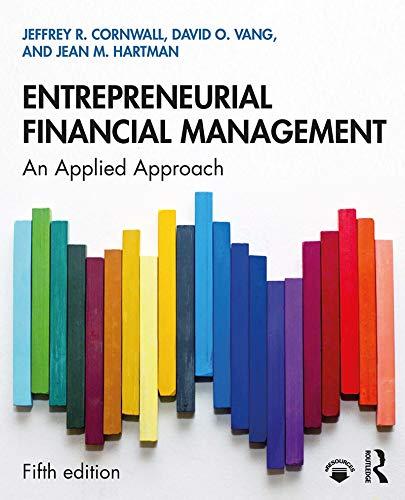

Stand-alone risk is the risk an investor would face if he or she held only -Select V. No investment should be undertaken unless its expected rate of return is high enough to compensate for its perceived -Select- . The expected rate of return is the return expected to be realized from an investment; it is calculated as the -Select v of the probability distribution of possible results as shown below: Expected rate of return = f = P111 +212 + ... +PNIN = Pir i 1 The -Select- an asset's probability distribution, the lower its risk. Three useful measures of stand-alone risk are standard deviation, coefficient of variation, and the Sharpe ratio. Standard deviation is a statistical measure of the variability of a set of observations as shown below: Standard deviation == - +)' If you have a sample of actual historical data, then the standard deviation calculation would be changed as follows: (it - FAvg) t=1 Estimated o = N-1 The coefficient of variation is a better measure of stand-alone risk than standard deviation because it is a standardized measure of risk per unit; it is calculated as the | -Select- divided by the expected return. The coefficient of variation shows the risk per unit of return, so it provides a more meaningful risk measure when the expected returns on two alternatives are not -Select- The Sharpe ratio compares the asset's realized excess return to its -Select- over a specified period. Excess returns measure the amount that investment returns are above the risk-free rate - so investments with returns equal to the risk-free rate will have a -Select- Sharpe ratio. It follows that over a given time period, investments with -Select- Sharpe ratios performed better, because they generated higher -Select- excess returns per unit of risk. The Sharpe ratio is calculated as: Sharpe ratio = (Return - Risk-free rate)/o Quantitative Problem: You are given the following probability distribution for CHC Enterprises: State of Economy Probability Rate of return Strong 0.25 21% Quantitative Problem: You are given the following probability distribution for CHC Enterprises: State of Economy. Probability Rate of return Strong 0.25 21% Normal 0.50 8% Weak 0.25 -5% What is the stock's expected return? Do not round intermediate calculations. Round your answer to two decimal places. % What is the stock's standard deviation? Do not round intermediate calculations. Round your answer to two decimal places. % What is the stock's coefficient of variation? Do not round intermediate calculations. Round your answer to two decimal places








